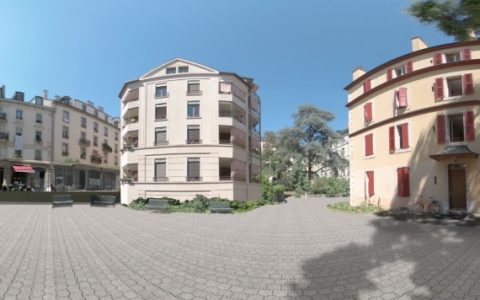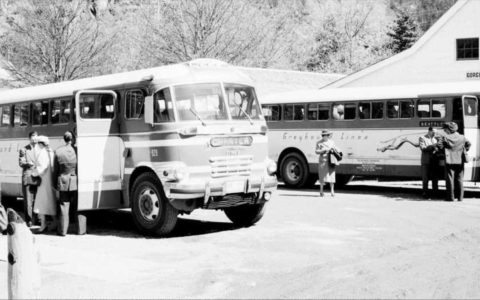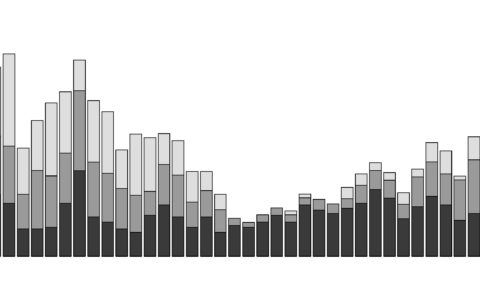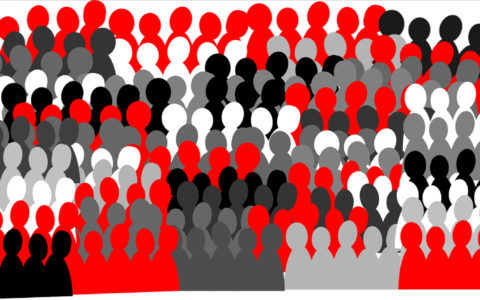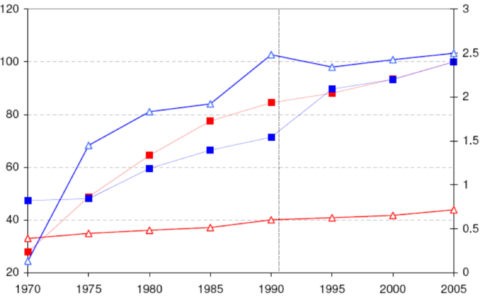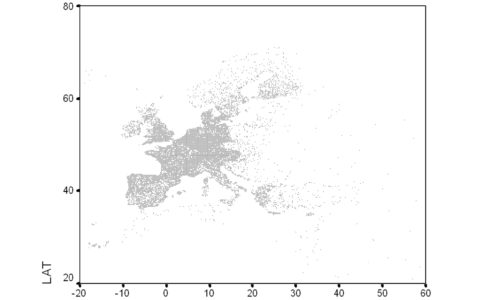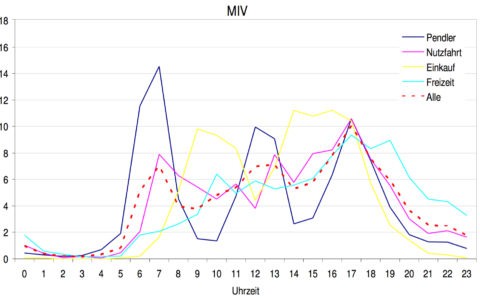Prof. Dr. Kay W. Axhausen | Traffic and Transport Planning
Agent-based tracking of disease spread with dynamic models of travel behaviour in a pandemic
Epidemic models are essential tools to coordinate all aspects of the response to pandemics. Models can inform policy makers on strategies for vaccinations and testing, but also to trigger mitigation measure such as the ‘lockdowns’ used during the COVID-19 outbreak in Switzerland. Here, we propose to use and further develop a well-established technology -agent-based models of daily travel behaviour- to simulate epidemics with considerably increased temporal and spatial resolution. The technology enables tracking chains of infections between individual agents (people), as well as the health status of all agents over multiple days. The strength of the approach lies in the diversity of behaviours that can be attributed to agents, which in turn enables to simulate a wide range of targeted policies: timing, duration, and spatial extent of a containment policy, but also restrictions specific to age, professions, etc.
We will simulate interventions policies using models that will be continuously re-calibrated using up-to-date epidemiological evidence. First, we will simulate daily activity-focused containment policies against COVID-19 with 4 incrementally expanded versions of the transport model. The measure of effectiveness for each policy will be defined jointly within the team, but will likely focus on intensive care occupancy, COVID-19 cases, days lost to illness, and days lost to quarantine measures. Confidence intervals will be calculated for each effectiveness metric.
Second, we will compare results of the analysis of the four models against epidemic surveillance data, and against the output of traditional epidemic models based on differential equations (Susceptible-Infected-Recovered). The comparison will focus on COVID-19 cases and intensive care hospitalizations for the following situation: “Backcasting” (reproduction of previous epidemic), as well as “Forecasting” with and without therapeutic medical interventions and contact tracing. In addition, we will develop dashboards to allow non-experts to interact with the simulations (hospital administrators, general public, etc).

